There is no bad weather
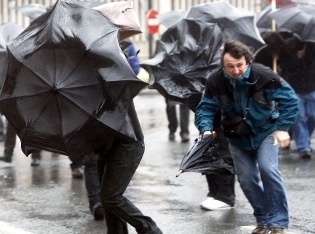 Maybe these lines of the song from the famous film by Eldar Ryazanov are annoying given the latest weather phenomena, in particular, in the capital, but we can’t do anything. Nature does not have bad weather - any should be taken. And not only to accept, but also to fix, measure and analyze. Considering that the community quite warmly accepted my recent article about optical measurements of precipitation, I continue to talk about interesting instruments for meteorological measurements based on non-standard principles for recording basic meteorological variables - temperature, humidity, wind speed and direction. This article will discuss ultrasound meteorological measurements . I propose to discuss the advantages and disadvantages of such measuring systems under the cut.
Maybe these lines of the song from the famous film by Eldar Ryazanov are annoying given the latest weather phenomena, in particular, in the capital, but we can’t do anything. Nature does not have bad weather - any should be taken. And not only to accept, but also to fix, measure and analyze. Considering that the community quite warmly accepted my recent article about optical measurements of precipitation, I continue to talk about interesting instruments for meteorological measurements based on non-standard principles for recording basic meteorological variables - temperature, humidity, wind speed and direction. This article will discuss ultrasound meteorological measurements . I propose to discuss the advantages and disadvantages of such measuring systems under the cut.
Classic approaches
Classical approaches to recording meteorological characteristics are associated with the use of about such devices
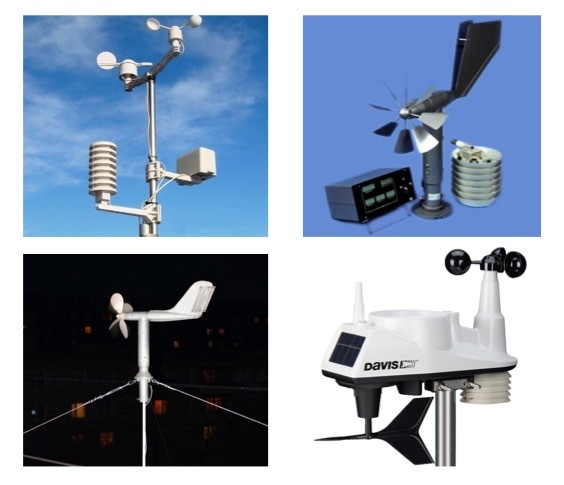
At the heart of the device - the movement of the impeller. The higher the wind speed, the faster this node turns. The direction of the wind tracks the rear plumage, i.e. the device always turns to meet the wind flow.
')
The biggest problem of such devices is mechanically moving parts. No matter how reliably the device is made, it is operated in fairly difficult conditions. Permanent snow, rain or icing can completely damage such mechanisms.
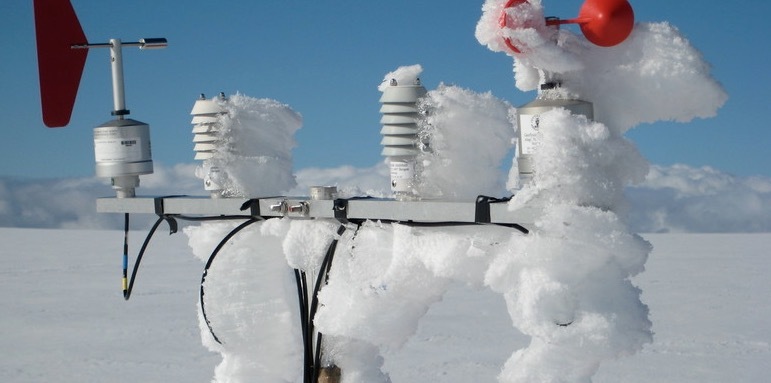
To avoid this, it is necessary to apply forced heating of devices, which in itself does not always help either. At the same time, the service life of equipment is significantly reduced and, as a result, the quality of meteorological observations suffers.
Ultrasonic thermoanemometers
The main task of modern meteorological equipment is to avoid any moving elements as much as possible, but at the same time preserve the accuracy and quality of meteorological observations. The solution to this problem is the use of ultrasonic measurements of temperature and wind speed. It uses remarkable physical laws related to the fact that the speed of sound is different for different environments in which this sound is distributed. There is a dependence of the speed of sound on temperature, pressure and, most importantly, on the wind speed in the atmosphere in which sound propagates. As you know, the speed of sound in the air is quite decent and is about 300 m / s at a temperature of -50 gr. C. But at a temperature of +50 g. the speed of sound is already 20 percent higher.

This dependence gives us a wonderful opportunity to measure the temperature with sufficient accuracy, but provided that the sound propagates in a fixed air environment, i.e. in conditions of complete "calm".
A couple of years ago, a wonderful article by a DIMOSUS user was published on the resource, in which, using a simple example of ultrasonic measurements, he rather accurately measured the temperature at home. It is on this principle that the most modern ultrasonic weather stations work, however, if the sound propagates in the presence of wind, the measurements become more difficult. The reason is the Doppler effect , which in this case manifests itself as an increase in the speed of sound, if the sound propagates under the conditions of motion of the medium, i.e. in the presence of wind. The sound spreads faster through the wind, and slower against the wind. It is the magnitude of the wind speed. Thus, installing a sound emitter at some distance from the receiving device (microphone or similar emitter, but already operating in the mode of receiving sound waves), it is possible to measure wind speed and temperature. This solves a certain mathematical problem, because the speed of sound depends on temperature, and the wind introduces its own distortions. Consider the schematic diagram of such a device (for simplicity in one of the measurement planes).
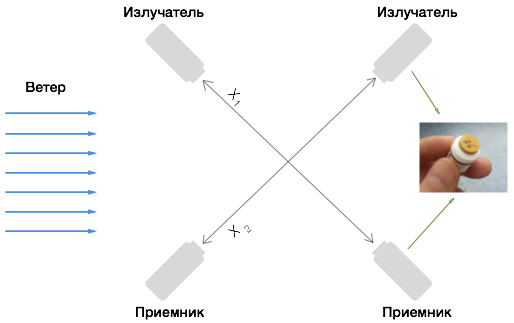
The main feature is the use of an acoustic (ultrasound) method for measuring wind parameters and air temperature, which consists in measuring the transit time of an ultrasonic pulse of the X1 path from the emitter to the receiver and in the opposite direction X2 through the air under study. The wind speed V and air temperature T are determined by the following formula:

where X1 and X2 are the distances between the ultrasonic emitters and receivers of the first and second pairs, respectively, t1 and t2 are the propagation times of the ultrasonic pulse from the emitter to the receiver of the first and second pairs, respectively. Measuring wind speed with this method simultaneously in mutually orthogonal directions (4 emitters and 4 receivers are already needed) allows to determine three orthogonal wind velocity vector components or the resulting velocity vector. Determination of air temperature is based on measuring the speed of sound in air and the subsequent calculation of this temperature, taking into account the value of air humidity and atmospheric pressure:

The main task is to make very reliable emitters and receivers of ultrasonic vibrations, which are made of specialized types of piezo-ceramics and installed on a kind of rubber mandrels that act as a "shock absorber". This is what a (very high quality) ultrasonic sensor looks like for such devices. Sensors operate at a frequency of 28 to 40 kHz. In this case, the sensors of the same design can be both an emitting and receiving ultrasound sensor.

Ultrasound weather stations are the standard for meteorological measurements worldwide. Devices of this class produce many foreign companies.
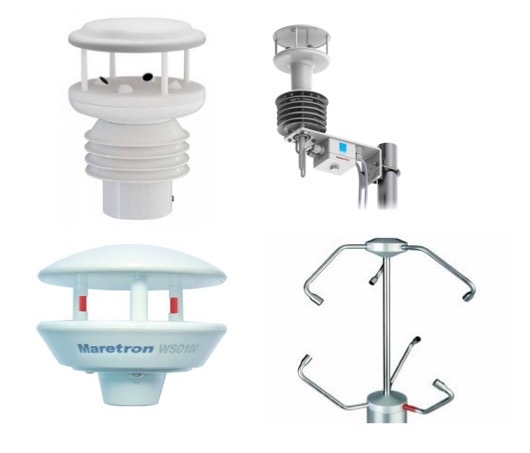
As a rule, the characteristics of such devices allow you to cover all the necessary ranges of meteorological observations, which are generally presented in the table.
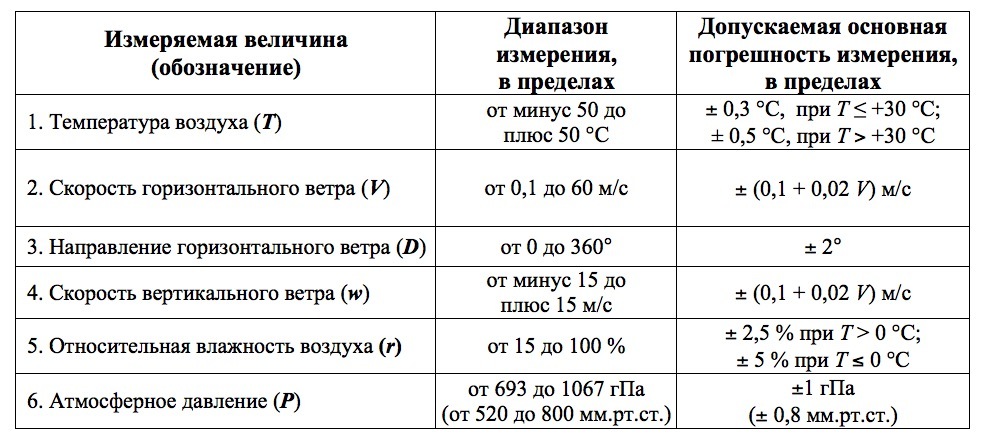
The funny thing is that the instruments should be able to measure the wind up to 60 m / s. Of course, these are extreme characteristics, but at a wind speed of 60 m / s it’s time to save, because such speed can exist, perhaps, only in the center of a tornado.
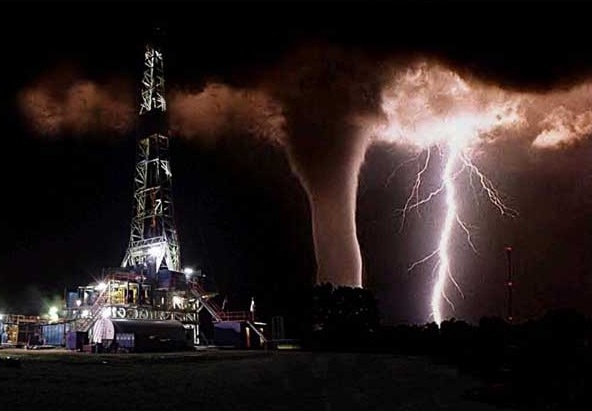
These are, indeed, very reliable and modern instruments that are free from the drawbacks of mechanical thermoanemometers. Of course, such devices have some drawbacks, they are difficult to manufacture and calibrate, so you need to use a lot of additional equipment to configure them. Instruments attract birds who like to sit on them and not just sit. Otherwise, ultrasound weather stations are an ideal option in measurements of basic meteorological characteristics. Many people think that meteorologists measure only temperature, pressure, humidity and wind characteristics. Indeed, these are the main characteristics from which the mass of others is calculated. Here, for example, such
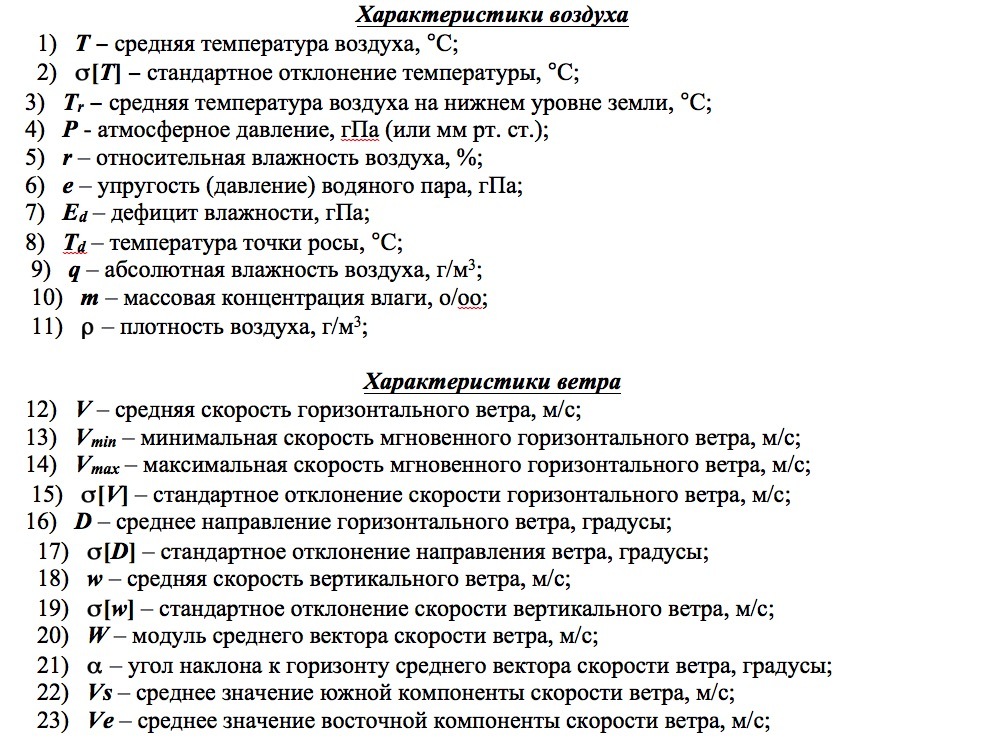
All these data are necessary to build a high-quality weather forecast, which is very lacking for the effective work of a meteorologist.
It is pleasant that in Russia ultrasound weather stations are also produced. So, in one of the institutes of the Russian Academy of Sciences IMKES SB RAS in Tomsk for more than 10 years produced such devices. And the quality is not only not inferior, but even exceeds a number of foreign analogues. First of all, due to specially designed ultrasonic sensors, which I described earlier. The devices are available in various versions and in contrast to many “laboratory mockups”, these are mass-produced products that are even shipped abroad. The device does not shine with a special design, but is reliable and easy to maintain.
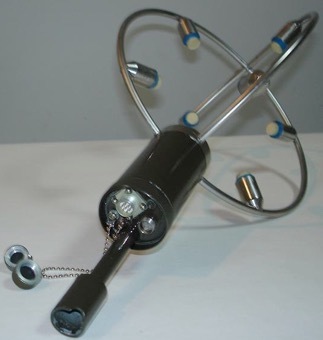
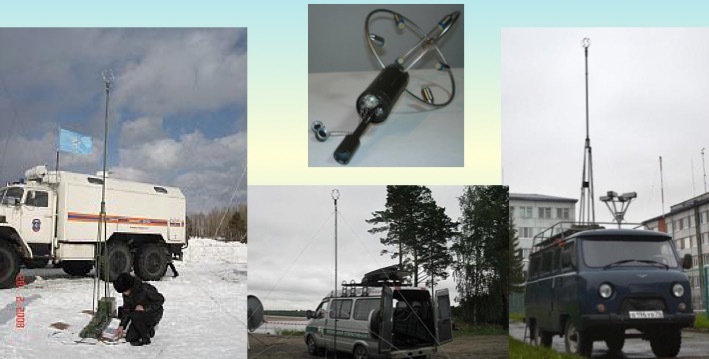
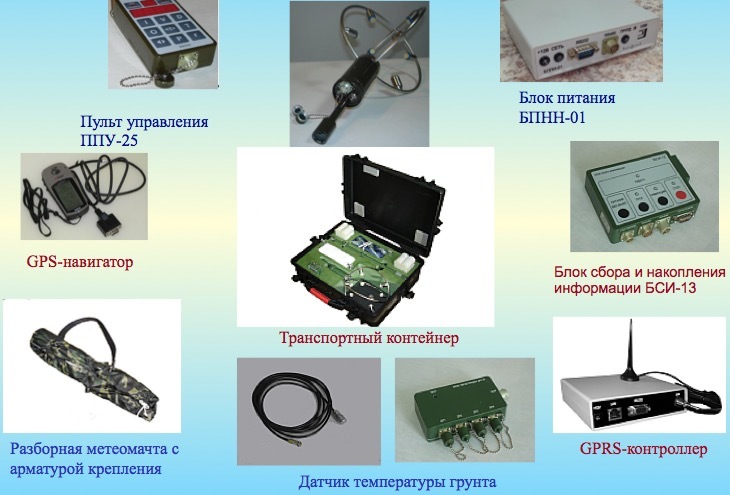
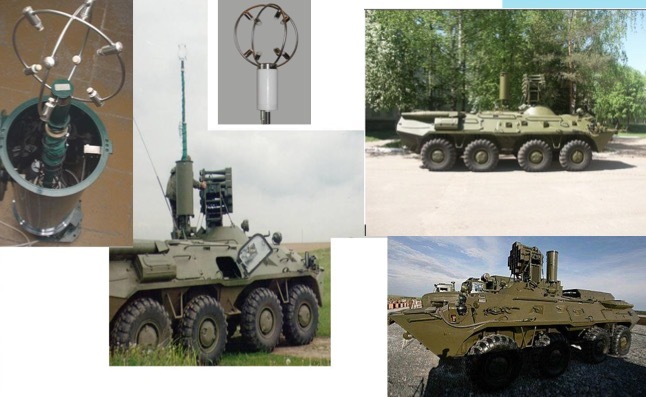
Despite the fact that such equipment has been manufactured not for the first year, Roshydromet is in no hurry to introduce such devices. The introduction should be preceded by perennial comparative tests, which must be carried out without fail. In spite of this, the equipment I write about in this article is fully certified and is supplied mainly for scientific research and in the interests of the military. No, dear reader, this is not secret information, I am writing this article with the permission of the developers. Meteorological data is also very important for the military, which is why they are supplied accordingly. This equipment is happy to be bought by foreigners in those countries where there are no such severe requirements as Rosgidromet and Russian equipment is successfully used for meteorology. Also important in this equipment is its initial setup and calibration. In conclusion, a short 3-minute video where you can see this development in more detail.
Have a nice day!
Source: https://habr.com/ru/post/369843/
All Articles